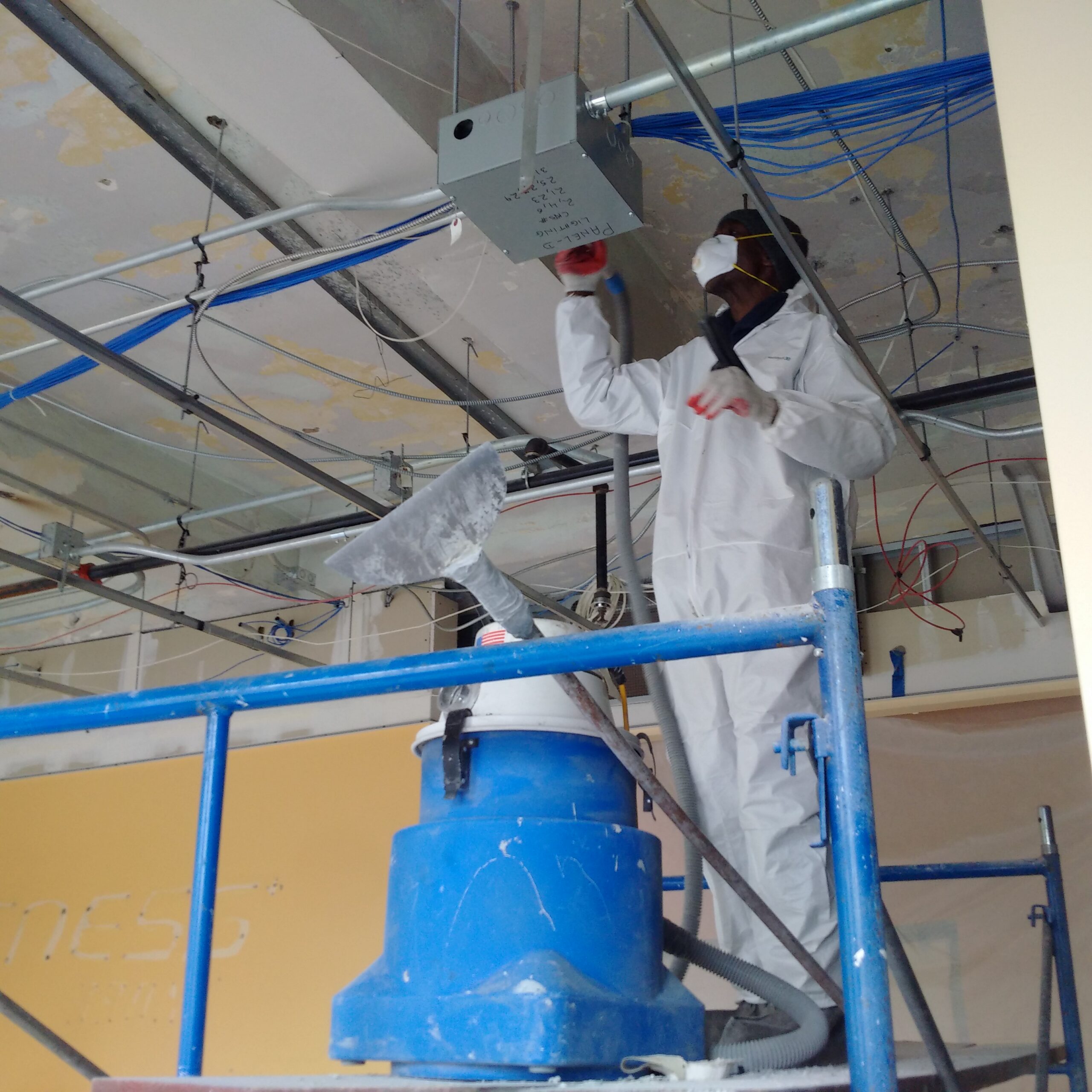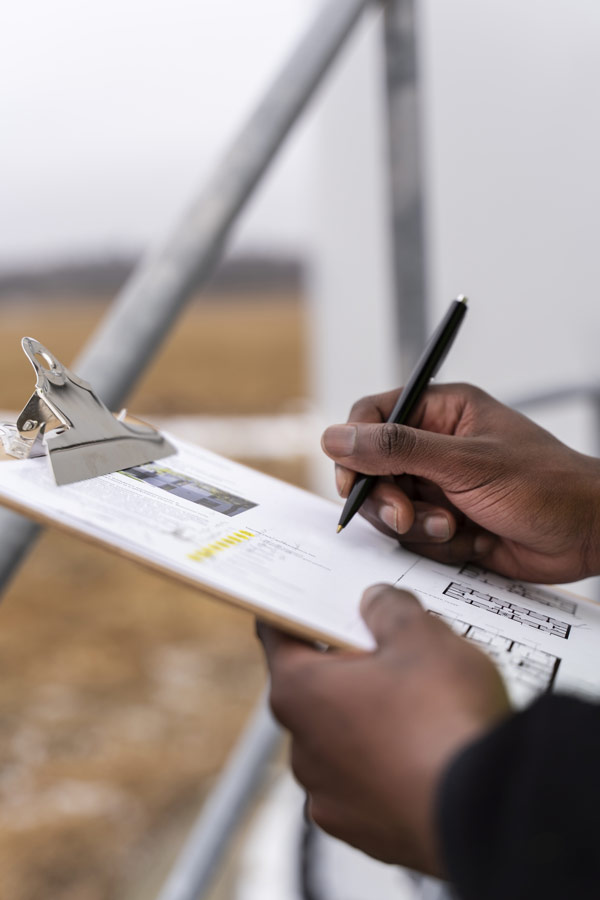Specialist Lead Paint Removal Company-- Serving All NYC Boroughs
Specialist Lead Paint Removal Company-- Serving All NYC Boroughs
Blog Article
Vital Tools and Techniques for Reliable Lead Infraction Cleanup
Dealing with lead offenses efficiently requires an extensive approach that blends the right tools with strategic methodologies. Simultaneously, the usage of specialized clean-up tools, such as HEPA vacuum cleaners and lead-specific cleansing representatives, is critical for extensive impurity elimination. Effective control methods, consisting of plastic sheet and unfavorable air pressure systems, are important to stop the spread of unsafe materials.
Personal Safety Tools
Individual safety equipment (PPE) is a critical element in the reliable management of lead contamination clean-up. The important PPE for lead cleanup includes respirators, protective apparel, gloves, and eye security.
Respirators, especially those equipped with HEPA filters, are essential for filtering system air-borne lead fragments, stopping inhalation. Protective garments, consisting of coveralls and non reusable fits, stops lead dirt from adhering to employees' garments, reducing the risk of secondary contamination.
Additionally, strenuous training on the correct usage and maintenance of PPE is necessary. Workers need to be educated on putting on and doffing procedures to prevent contamination. Regular assessments and substitutes of PPE elements are necessary to preserve their protective capacities, ensuring a risk-free and compliant clean-up operation.
Specialized Clean-up Devices

Another crucial device is the wet/dry vacuum, which can effectively cleanse up both dirt and liquid pollutants. These vacuums commonly include HEPA filters to supply an additional layer of safety. Damp cleans or tack fabrics are likewise essential for surface area cleaning; they are specifically created to record and hold lead particles, reducing the danger of spreading contamination.
For more stubborn deposits, specialized lead-removal cleaner are required. These representatives are developed to break down lead bits, making them less complicated to eliminate. Scrub brushes with sturdy bristles can help in this procedure, specifically on rough surface areas where lead dirt tends to stick much more strongly.
Furthermore, encapsulants are used to seal lead-contaminated surfaces, stopping the launch of lead dust. These specialized paints and layers are developed to follow numerous substrates, providing a long-term solution for lead containment.
Reliable Control Approaches
Reliable containment approaches are important in reducing the spread of lead contamination throughout clean-up activities. Implementing robust containment strategies makes sure that lead bits do not migrate to untouched locations, therefore shielding both workers and the atmosphere. One key technique is the usage of plastic sheeting to seal infected areas. Durable polyethylene barriers can be mounted from floor to ceiling to develop a controlled job area, substantially reducing the threat of air-borne lead dust dispersal.

To improve control, encapsulants can be put on surface areas that are not being gotten rid of or interrupted. These specialized layers bind lead dirt, minimizing visit the site its schedule for resuspension. In addition, all workers need to wear suitable Personal Safety Devices (PPE), consisting of respirators and disposable fits, to avoid contamination spread.
Safe Disposal Practices
Making sure risk-free disposal practices is a critical element in the monitoring of lead contamination cleaning. Appropriate disposal mitigates the danger of lead returning to the environment and jeopardizing public wellness (DOH & HPD Lead Violation Removal NYC).
Transporting lead waste needs adherence to strict standards. Making use of qualified contaminated materials service providers makes certain that the products are dealt with responsibly. Documents, consisting of materializes detailing the type and amount of waste, should accompany shipments to track the waste from the site of beginning to its final disposal destination.
Designated contaminated materials disposal centers are geared up to deal with lead-contaminated materials safely. These facilities frequently employ innovative approaches such as stablizing, solidification, or chemical treatment to counteract the lead before disposal. Landfilling in specialized, lined locations that protect against leachate from polluting groundwater is a common method for last disposal.
Normal training for personnel included in lead waste disposal is critical to maintain safety requirements and avoid unintentional direct exposure. By sticking to these practices, organizations can dramatically reduce the environmental and health influences connected with lead contamination.
Regulatory Compliance Tips

Complying with regulative conformity is vital in the successful implementation of lead contamination cleanup. Recognizing and adhering to federal, state, and regional guidelines ensures not only the security and health and wellness of people however also the lawful and financial wellness of the clean-up organization. The Environmental Defense Agency (EPA) sets strict criteria, such as the Lead Remodelling, Repair Service, and Paint (RRP) Policy, which mandates you can try these out correct qualification and training for specialists taking care of lead-based activities.
Conformity starts with a detailed assessment of suitable legislations and laws. Organizations needs to stay upgraded on any legislative changes, which can be facilitated through routine training sessions and subscribing to industry updates. Paperwork is another vital conformity facet; keeping detailed records of all tasks, consisting of examination records, employee training logs, and disposal shows up, is important.
In addition, engaging with accredited lead inspectors or take the chance of assessors makes certain that lead risks are properly identified and alleviated. Employers need to apply using Personal Protective Devices (PPE) and ensure that security methods are strictly followed. Clear interaction with stakeholders, consisting of workers, customers, and regulative bodies, will certainly foster a society of conformity and responsibility, ultimately contributing to a safer and much more reliable lead clean-up procedure.
Verdict
Efficient lead infraction cleanup demands the combination of specialized tools and calculated techniques to make sure safety and security and effectiveness. Using HEPA vacuums, specialized cleaning up agents, and site link effective control approaches such as plastic bed linen and adverse air pressure systems is critical. Personal safety equipment (PPE) safeguards workers from direct exposure, while secure disposal methods and rigorous adherence to regulatory conformity are necessary for properly handling dangerous waste. Collectively, these steps dramatically minimize health and wellness risks and add to a cleaner environment.
Report this page